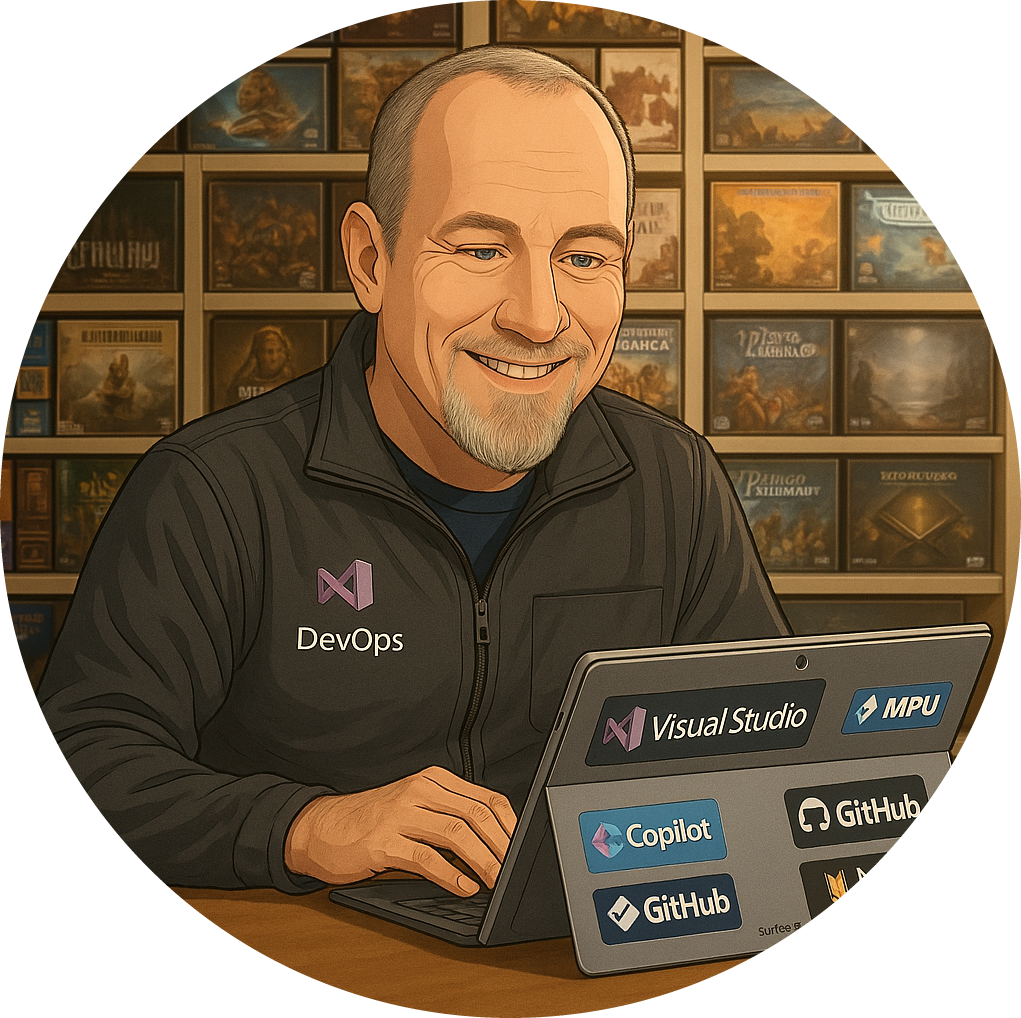The Missing Lever in Agile Transformations
Most agile transformations fail by neglecting agency, empowering people and systems to adapt, making true agility possible through autonomy, evidence, …
TL;DR; Human decision-making is essential for setting strategy, purpose, and adapting to change, while AI should be used for tactical optimisation within clear human-defined boundaries. Over-relying on AI for adaptation leads to fragile systems, loss of accountability, and strategic obsolescence. Development managers should ensure humans remain responsible for strategic direction and adaptation, using AI only to optimise within those parameters.


Human agency is not optional in adaptive systems. It is not something to “blend” with AI or to automate away. It is the only thing that defines strategy, sets purpose, and drives meaningful adaptation. AI has a role, but that role is tactical optimisation within boundaries defined by humans.
Treating these two forms of agency as equivalent is not just careless; it is dangerous. It leads to brittle systems that optimise yesterday’s decisions while failing to recognise when the game has changed.
When we talk about human agency, we are speaking about strategic intent , the setting of direction, the framing of purpose, the shaping of hypotheses, and the stewardship of ethical, political, and systemic choices that no model or algorithm can or should automate. AI agency, by contrast, is about tactical optimisation , rapid experimentation within bounded parameters, local improvements, efficiency gains, and the relentless pursuit of better tactics without changing the fundamental strategic frame.
Put simply: AI optimises inside a system. Humans adapt and redefine the system.
In professional practice, I map human agency and AI agency to different layers of decision-making:
| Layer | Human Agency (Strategic Intent) | AI Agency (Tactical Optimisation) |
|---|---|---|
| Purpose | Define “why” and “for whom” | Operate within a defined purpose |
| Adaptation | Reframe goals, pivot strategies | Optimise existing goals and operations |
| Sense-making | Interpret signals, detect weak patterns | Surface patterns, recommend actions |
| Accountability | Own outcomes and systemic impact | Deliver within parameters; no accountability |
The strategic layer demands human discernment because it must constantly negotiate ethical trade-offs, respond to uncertainty, and reset direction as new information emerges. Tactical layers benefit from AI’s raw speed, capacity for pattern recognition, and ability to handle enormous volumes of data. There is synergy, but it is not a partnership of equals. Humans govern; AI serves.
flowchart TD
A([Decision Point]) --> B{Is strategy or purpose changing?}
B -- Yes --> H[/"Human Agency"/]
B -- No --> C{Is ethical or political judgement required?}
C -- Yes --> H
C -- No --> D{Is the problem fully bounded and optimisable?}
D -- Yes --> AI(["AI Agency"])
D -- No --> H
style H fill:#f9f,stroke:#333,stroke-width:2px
style AI fill:#bbf,stroke:#333,stroke-width:2px
Organisations that overdelegate adaptive work to AI systems are not buying efficiency; they are actively sabotaging their future relevance. The risks are not hypothetical; they are immediate and compounding:
Adaptive systems are grounded in weak signal detection, hypothesis-driven exploration, and the willingness to be wrong and change course. AI, by its nature, is trained on existing data distributions and past patterns. It cannot, on its own, identify when the landscape has fundamentally shifted. Blindly optimising yesterday’s patterns only accelerates strategic obsolescence.
AI systems operate well under known constraints but become brittle in the face of novel complexity. When the operating environment changes outside the model’s training range , as it inevitably will , organisations that have outsourced strategic sensing and adaptation will fail catastrophically and rapidly, long before any dashboard or model warns them.
When critical adaptive work is offloaded to AI, responsibility becomes diluted. Who is accountable for outcomes? Who owns ethical consequences? If decision-making collapses into model outputs without human interrogation, the result is not augmented intelligence; it is abdicated leadership .
To work responsibly with AI in adaptive systems, organisations must operationalise clear agency boundaries:
This boundary is not a theoretical construct; it should be a live operational discipline embedded into system design, governance practices, and escalation frameworks.
Optimisation without adaptation is a recipe for irrelevance.
Adaptation without optimisation is a recipe for chaos.
Only through disciplined agency boundaries can we achieve resilient, continuously evolving systems.
In the rush to automate, organisations must resist the seductive but dangerous myth that AI can replace human agency in complex adaptive environments. AI optimises, but it does not adapt. It cannot perceive new purpose. It cannot lead. It cannot be held accountable.
Strategic intent, adaptive reframing, and ethical stewardship remain irrevocably human domains.
Those who forget this are not merely inefficient.
They are obsolete in the making.
Each classification [Concepts, Categories, & Tags] was assigned using AI-powered semantic analysis and scored across relevance, depth, and alignment. Final decisions? Still human. Always traceable. Hover to see how it applies.
If you've made it this far, it's worth connecting with our principal consultant and coach, Martin Hinshelwood, for a 30-minute 'ask me anything' call.
We partner with businesses across diverse industries, including finance, insurance, healthcare, pharmaceuticals, technology, engineering, transportation, hospitality, entertainment, legal, government, and military sectors.

MacDonald Humfrey (Automation) Ltd.

DFDS

Slicedbread

Cognizant Microsoft Business Group (MBG)

Slaughter and May

Illumina

Microsoft

Teleplan
Boxit Document Solutions

Alignment Healthcare

Schlumberger

Jack Links

Hubtel Ghana

Graham & Brown

Healthgrades

Bistech

Freadom

Big Data for Humans

Royal Air Force

Ghana Police Service

Washington Department of Transport

Department of Work and Pensions (UK)

Washington Department of Enterprise Services

New Hampshire Supreme Court

Illumina

MacDonald Humfrey (Automation) Ltd.

Cognizant Microsoft Business Group (MBG)

Xceptor - Process and Data Automation

SuperControl

ALS Life Sciences